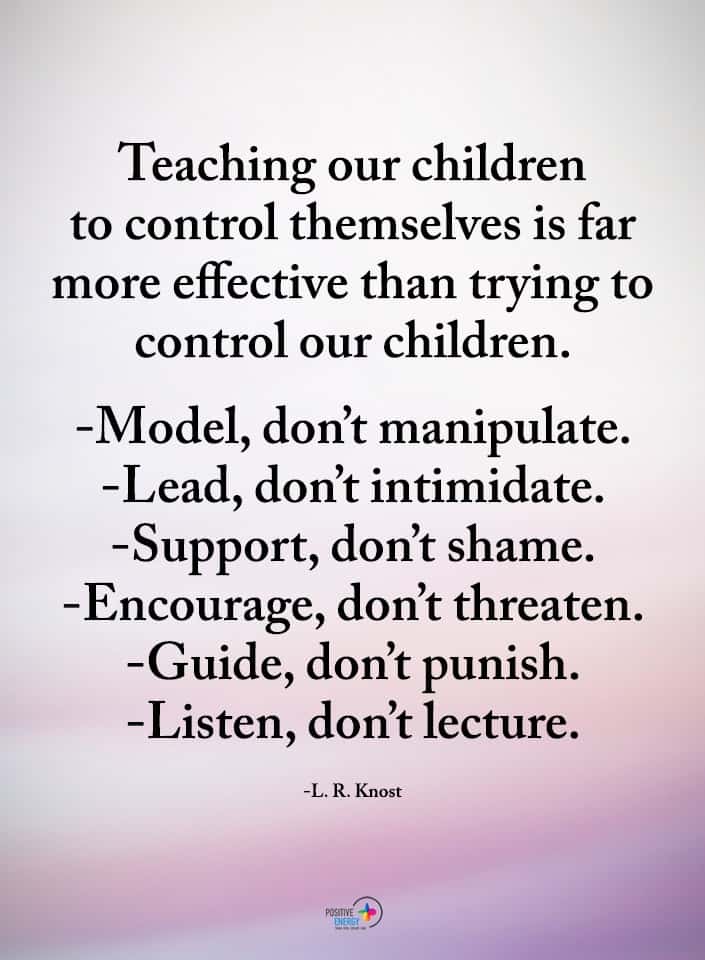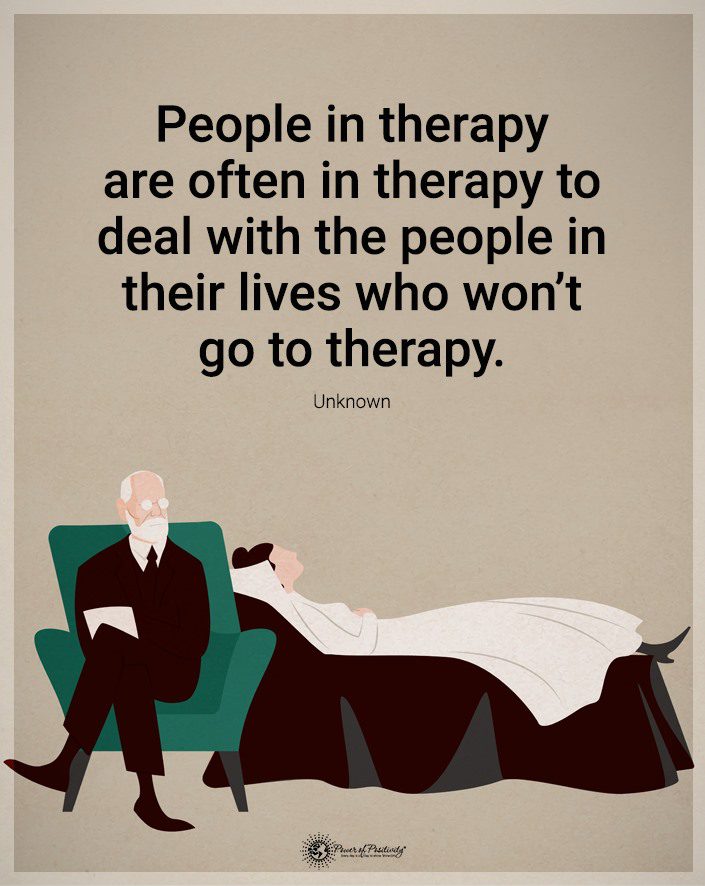Here’s the meaning of this meaningful accessory or tattoo.
You may have noticed an increasing number of people wearing a semicolon symbol in recent years. This punctuation mark has taken on a new meaning beyond its grammatical usage. It has become a powerful symbol representing mental health struggles and suicide prevention.
You may see these cute charms on bracelets or necklaces or displayed on a t-shirt. Most commonly, you will see many people sporting a semicolon tattoo. There is no right or wrong way to show solidarity. Each will wear this symbol according to their preferences.
This article will look further into the meaning of the semicolon symbol, its representation of resilience, and the movement behind it.
One prominent movement associated with the semicolon symbol is Project Semicolon. This movement aims to provide hope and support for individuals facing depression, suicide, addiction, and self-injury.
By wearing this symbol, individuals show solidarity with Project Semicolon. They might also offer support for struggling people and foster conversations about mental health challenges.
If you or someone you love struggles with mental health issues or suicidal ideation or thoughts, reach out to a mental health counselor right away. You should contact a helpline in your country – this is 988 from any cell phone in the United States. You are not alone, and help is available. Time is of the essence.
The Meaning Behind the Semicolon Symbol

The semicolon symbol represents the choice to continue living. In writing, a semicolon connects two independent clauses that could stand alone as separate sentences.
Similarly, the semicolon tattoo or symbol signifies that although life may have presented challenges and struggles, the individual has chosen to keep going. It serves as a reminder that their story is not over and that there is hope for a better future.
Beyond its significance, the semicolon symbol has become a conversation starter and a way to reduce the stigma surrounding mental illness. When someone wears the semicolon symbol, it can prompt discussions about mental health and allow people to share their experiences or show support for others.
The symbol has gained worldwide recognition. In fact, people from all walks of life wear semicolon accessories or get tattoos today to express their connection to mental health issues and their commitment to promoting understanding and empathy.
Moreover, the semicolon symbol movement has spread across different countries, reflecting the universal nature of mental health struggles.
For example, individuals in Australia, Brazil, and Japan have embraced the semicolon symbol. In their countries, it is a powerful tool to raise additional awareness about mental health challenges and the importance of seeking help. This global reach of this meaningful symbol demonstrates its uncanny ability to transcend cultural and linguistic barriers. Indeed, it unites people in their shared experiences and promotes a sense of belonging.
Project Semicolon: Spreading Hope and Love
Project Semicolon is a nonprofit organization dedicated to raising awareness of depression, suicide, addiction, and self-injury.
The movement holds events where individuals can get this meaningful tattoo. Moreover, the funds they raise from these events go to crisis centers and organizations that provide support services for those facing mental health challenges.
Through their initiatives, Project Semicolon aims to connect people with the help they need during times of crisis and provide resources for individuals struggling with mental health issues. The goal is to create a safe space – a community of support and understanding where individuals feel empowered to seek help and share their stories.
The project not only raises funds for crisis centers but also provides a platform for individuals to share their stories and seek support. The organization’s website features personal stories of hope and resilience, allowing individuals to connect with others who have faced similar struggles.
Through this online community, individuals can find comfort, inspiration, and a sense of belonging. Project Semicolon also collaborates with mental health professionals, offering resources and support services that individuals can access when they need help. By providing a comprehensive support network, Project Semicolon hopes to reduce mental health stigma. Thus, they help ensure that individuals facing mental health challenges receive the care they deserve.
The Rising Popularity of the Semicolon Symbol
Several tattoos have gained popularity for individuals to honor mental health and resilience. The semicolon symbol represents life’s continuation and conveys the powerful message that “this story isn’t over.”
It implies that there’s more to come. It’s a “to be continued,” not a period marking the completion or a full stop.
Many people choose to get semicolon tattoos to honor someone they have lost or to raise awareness about mental health challenges. The design options for semicolon tattoos are diverse and can be customized to reflect personal meaning.
Some individuals incorporate elements like butterflies, hearts, flowers, or abstract shapes into their semicolon tattoos. Popular placements for these tattoos include the wrist and the back of the neck. Colors, abstract shapes, and clip art can also be incorporated into the design, allowing for personal expression.
Semicolon tattoos serve as a visual representation of an individual’s journey and resilience. They can be a permanent reminder of the challenges one has overcome and a symbol of hope for the future. The customization options for semicolon tattoos allow individuals to incorporate elements that hold personal significance and reflect their unique experiences. For example, some individuals may choose to combine the semicolon symbol with a butterfly design to represent transformation and growth. Others may opt for a heart design to symbolize love and self-compassion. The possibilities are endless, and each semicolon tattoo carries a deeply personal meaning for the individual wearing it.
Empowering Through Symbolic Tattoos
Semicolon tattoos serve as a meaningful choice for those who wish to honor mental health and resilience. Some individuals use the semicolon tattoo to represent the mental health community – even if they do so for a loved one, not from personal experience. The semicolon symbol gained attention during the debut of the Netflix series “13 Reasons Why,” when three people involved in the project got the tattoo to support the show’s message. For some, the semicolon tattoo may hold personal significance unrelated to mental health or specific communities. It can be a representation of personal passion for supporting those who need the support.
The act of getting a semicolon tattoo can be a powerful and empowering experience. It allows individuals to take ownership of their stories and reclaim their narratives. Through the semicolon symbol, individuals can share their struggles, triumphs, and hopes with others, fostering a sense of community and understanding. The visibility of the semicolon tattoo can also serve as a conversation starter. That’s because it piques interest, breaking down the barriers surrounding mental health and encouraging open dialogue.
Ultimately, semicolon tattoos are a symbol of solidarity, resilience, and empowerment. They represent the strength to overcome challenges and the importance of seeking support. By wearing a semicolon tattoo, individuals honor their journey and send a powerful message of hope and understanding to others who may be struggling.
Final Thoughts on Showing Support for Mental Health Awareness With a Semicolon Symbol
The semicolon symbol is a powerful emblem for mental health struggles and suicide prevention. By wearing the semicolon tattoo or symbol, individuals show their commitment to raising awareness for mental health causes. Thus, they are vital to reducing stigma and supporting those facing mental health challenges.
Through movements like Project Semicolon, hope and love are spread, connecting individuals with the help they need during times of crisis. It is important to remember that mental health matters. So, by embracing this mental health awareness symbol, we create a world where everyone feels understood, supported, and empowered.





















